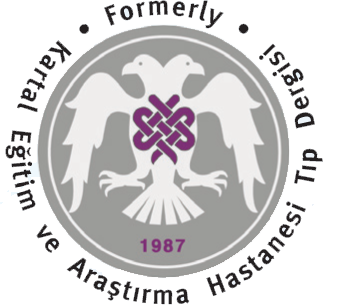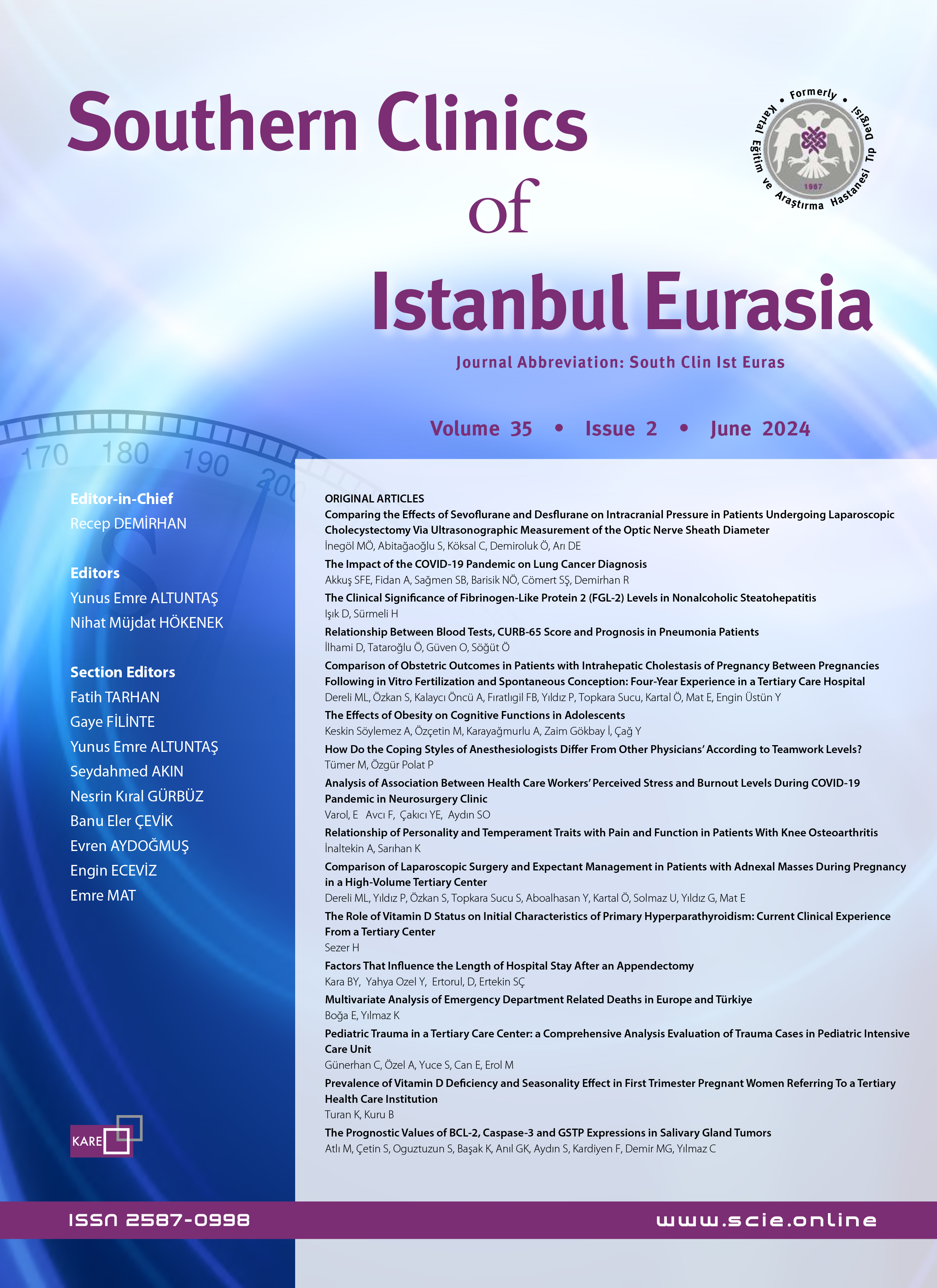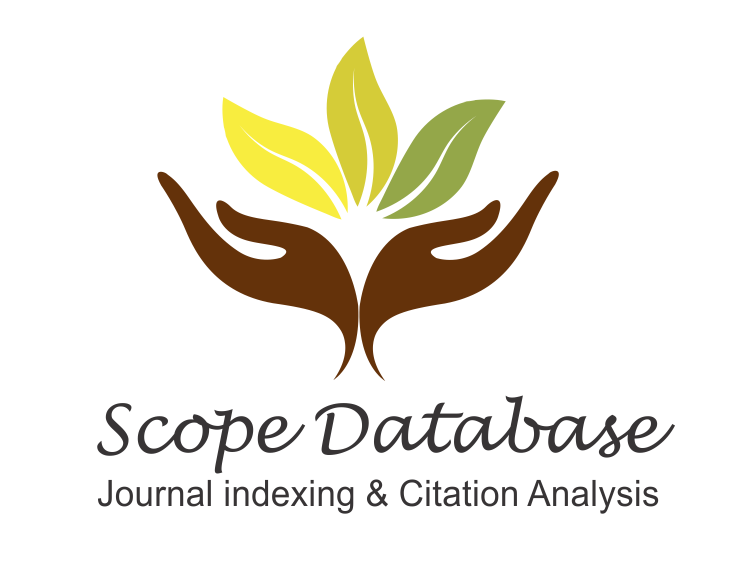Volume: 5 Issue: 3 - 1994
| RESEARCH ARTICLE | |
| 1. | MORTALITY AND MORBIDITY RATES FOR INFANTS HOSPITALIZED IN OUR CLINIC IN THE PAST YEAR Yasemin A Ekmekçioğlu, Feza Güneş, Ahmet Özgüner Pages 471 - 476 Among 1251 patients admitted to Pediatrics Department of Kartal Training and Research Hospital between September 1992 and August 1993, 231 cases (18.5%) were referred to Newborn Care Unit. Male to female ratio was 1.2/1. Among the reasons for hospitalization of all infants, hyperbilirubinemia was the leading symptom by 34.6 percent followed by sepsis (22,9%). Eighty-five cases (36.8%) died from several diseases, sepsis being the leading mortality cause (34%). In overall cases 53.3 percent, 39 percent, and 1.7 percent of infants were term, preterm, and postterm, respectively. The main cause for hospitalization in term infants was hyperbilirubinemia (51%), whereas in preterm infants it was sepsis (32.2%). The leading mortality causes were sepsis (43.3%) and RDS (38.2%) in term and preterm infants, respectively. SGA infants with sepsis presented significantly higher mortality rates than those of AGA infants in term and preterm cases; this was 71.1% in term group and 88.8% in preterm group. In terms of gestational ages of all cases, the survival rates were found as 50% for 42 weeks, 80.9 for 38-41 weeks, 66% for 34-37 weeks, 19.2% for 30-33 weeks, 20% for 26-29 weeks, and 0% for 22-25 weeks. These data demonstrate that both the hospitalization and mortality causes for infants are considerably different from those of developed countries such as U.S.A. and Sweden, and they correspond to those in developing countries, and that infants are at great risk particularly in terms of sepsis and sophisticated and well-equipped infant care units are required to keep premature infants alive. |
| 2. | THE EFFECTS OF INTRAVENOUSLY-AND NEBULISED-ADMINISTERED SALBUTAMOL ON BLOOD ELECTROLYTES, CPK AND ECG Bülent Tutluoğlu, Yaşar Yılmazkaya, Seher Abanozlu Pages 477 - 479 Beta stimulating drugs are widely used drugs in the therapy of bronchial asthma. From one of these drugs salbutamol has a lot of benefits besides its side effects. We investigated the effects of nebulised and intravenously given salbutamol in 29 patients with bronchial asthma who attended to the Chest Diseases Department of Kartal Education and Research Hospital. After performing respiratory function tests (RFT), ECG and measuring blood CPK, Na+, K+, CP levels, 10 patients were given 2 ampoules ventolin Nebules via a nebuliser; nine patients were given ventolin injection ampoule in 150 cc %5 dextrose and nine physiologic saline solution intravenously. After these procedures RFTs, ECG and other blood tests were performed again. No significant changes occurred in the physiologic saline given group. In the groups in which nebulised and I.V. salbutamol were administered, blood CPK levels showed no significant changes. While the blood K+ levels were found to be unchanged in the nebulised salbutamol group, it showed a significant fall in the intravenously given salbutamol group. It is concluded that in therapeutic ranges single dose administration of either I.V. or nebulised salbutamol have no effect on muscle contraction and I.V. administered salbutamol can cause severe hipopotosemia and clinical problems. |
| 3. | THE THERAPY OF HYPERTENSIVE CRISIS WITH SUBLINGUAL CAPTOPRIL Rahmi Irmak, Ali Yayla Pages 480 - 482 We evaluated the efficacy and safety of sublingual captopril as an acute hypertensive therapy in 20 patients with hypertansive crisis. Twenty patients (mean age 54 years) presenting with hypertensive crisis were studied. The patients dissolved one 25 mg tablet of captopril under the tongue. The patients' blood pressure and heart rates were measured in the sitting position before and at 5,10,15, 20, 30, 40, 50, 60, 75, 90, 105 and 120 minutes after drug administration. Blood pressure began to decline in five minutes after captopril administration. Mean time of maximal reduction was within 30 minutes. This effect was maintained over two hours. The results of our study indicate that sublingual captopril has no side effects and is an effective drug in patients with hypertensive crisis. |
| 4. | THE VALUE OF PALLIATIVE INTRAHEPATIC CHOLANGIOENTERIC ANASTOMOSIS IN UNRESECTABLE HILAR CHOLANGIOCARCINOMAS Tayfun Yücel, Ayhan Çevik, Kemal Kasar, Zeki Memiş, Mustafa Gülmen Pages 483 - 485 In 1993, three unresectable hilar cholangiocarcinoma were encountered in the Second General Surgery Clinic of Kartal Hospital. All patients applied to the hospital with jaundice, itching and abdominal mass. USG and abdominal CAT were used for diagnosis. Preoperatively it was thought that, these tumours were unresectable. It was confirmed before the operation because of the hepatic and omental metastasis and ascites in the abdomen. Two of the patients (67%) had hilar cholangiocarcinoma and the other (33%) had choledocal carcinoma but profuse invasion was found at the hilar area. In all patients left intrahepatic cholangioenteric anastomosis using the duct of segment III was performed. A transanastomotic drain was used. In conclusion, we found that this operation is very effective in unresectable hilar cholangiocarcinoma cases as a palliative procedure. After this operation, the quality of patient life can be improved. |
| 5. | COMPUTERIZED TOMOGRAPHY RESULTS IN PULMONARY HYDATID CYSTS Ahmet Ilgazlı, Benan Çağlayan, Nihal Özşeker, Rahmi Irmak, Melahat Kurutepe Pages 486 - 488 Computerized Tomography results of 50 cases who were hospitalised and diagnosed as pulmonary hydatid cyst postoperatively at Heybeliada Lung Diseases and Thoracic Surgery Center in 1990-1993 were evaluated. Hydatid cysts of lung were classified according to their number and localisations. In addition, another classification was made as simple and ruptured cysts. We noted that computerized tomography had significant preoperative value in especially differential diagnosis of complicated hydatid cysts and determination of the nature of lesions, number and localisation. |
| 6. | REPAIR OF INCISIONAL HERNIAS WITH Yıldırım Gülhan, Zeki Memiş, Lokman Eldem, Necmi Kurt, Faik Çelik, Mustafa Gülmen Pages 489 - 490 Forty-four patients were treated with Dick method, an extraperitoneal double stranded suture technique in the repair of the incisional hernias. The patients were followed about 58 months. Relapse was seen in only one of them (%2.3). Mortality rate was zero (%0). In conclusion, Dick Method has advantages in the incisional hernia repairing; it obviates the opening of the peritoneum, it provides usefulness in all types of the suture lines and all types of defects and is also cost-effective for the patient. |
| 7. | SPLENORAPHY IN SPLENIC INJURIES Zeki Memiş, Yıldırım Gülhan, Necmi Kurt, Ömer Ayçan, Kerem Erksoy, Mustafa Gülmen Pages 491 - 495 Between 1989 and 1993, among patients with splenic injuries, 41 patients (18.5%) underwent splenoraphy and 180 patients (81.5%) slenectomy in Kartal Education and Research Hospital. Forty-one cases were examined retrospectively to emphasize the importance of splenoraphy in suitable cases. 33 cases were blunt trauma, six cases were penetrating and two were iatrogenic injuries. Splenoraphy was excluded in multiple injuries together with hypotension, multiple injuries, many of the grade III cases, and in grade IV and V cases. Simple sutures, topical hemostatic agents, compression and electrocoagulation were employed. During postoperative period, three pleural effusions and one subdiaphragmatic abscesses were seen. Relaparotomy wasn't performed because of rebleeding Mortality was 2.5%. In patients with suitable grade, rebleeding is very low with good surgery techniques in splenoraphy and can be safely used. |



















